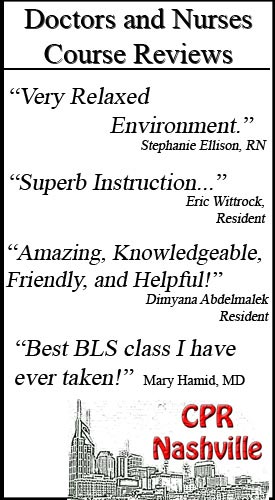Marfan Syndrome is a genetic disorder that affects the person’s connective tissue. The connective tissue holds organs in place and attach skin to bones and provide support to blood vessels. The gene that is inherited in this syndrome is the fibrillin gene. This protein makes connective tissue elastic and strong so organs can move around be still be anchored. This syndrome can effect critical body functions including the eyes, heart, blood vessels and skeleton. The major concern in this syndrome is the effect it has on the heart. It causes a weak aorta and leaky heart valves. This can cause problems in getting blood to crucial areas of the body.
The symptoms of Marfan Syndrome are different in each person, even within families. Some of the most general symptoms include a tall slender body, disproportionate extremities including arms, legs, fingers and toes, a breastbone that protrudes outward or caves inward, a high palate and crowned teeth, heart murmurs, extreme nearsightedness, a curved spine and flat feet. These symptoms can cause major difficulties for the patient, some that are life threating. This includes cardiovascular problems. Marfan Syndrome weakens blood vessels specifically the aorta which is the major artery carrying blood to the majority of the body. This can lead to an aortic aneurysm. This usually occurs in the aortic trunk but can travel down the entire vessel. If this aneurysm bursts then blood will not be able to travel to the rest of the body which can be life-threatening. A weak aorta can also cause an aortic dissection in which a split occurs in the wall of the aorta and does not allow blood to go to the rest of the body and it can then not return to the heart. Another complication in the heart caused by this syndrome are weak or malformed valves.
Marfan Syndrome also causes problems in the eyes including dislocation of the lenses, glaucoma, cataracts, and detachment of the retina. This syndrome causes risks in the lungs including emphysema, pulmonary disease, collapsed lung and sleep apnea. Women with Marfan Syndrome have complications with pregnancy because of the stress it puts on their aorta heart and lungs.
This syndrome cannot be diagnosed simply by a blood test; a clinical evaluation must be conducted. The list of criteria the doctor goes through to decide if the patient has Marfan Syndrome is called the Ghent Criteria, named after the city it was first used in. This list is based off of the physical appearances of the patients. If they have multiple symptoms in their physic the doctor will order more tests to be done to officially diagnose them. These tests include an echocardiogram which evaluates the blood being pumped through the heart, valves and aorta, electrocardiogram which tests heart rate and rhythm, slit lamp eye exam which evaluates if the lenses are out of place. Other tests include CT scans and MRI that analyze the back and spine to see if it is curved. If a patient meets the majority of this criteria, then they are diagnosed with Marfan Syndrome and given options for treatments.
There are no specific treatments for the syndrome itself, but there are treatments to help prevent the symptoms presented with Marfan Syndrome. Because cardiovascular disease is life threatening, doctors recommend an annual heart checkup. There are also medications to prevent heart complications. Some of these include medications that lower blood pressure even if it is normal to put less pressure on the aorta; an example being beta blockers. Another medication is an ACE inhibitor or calcium channel blocker.
Surgery is also used as a preventative measure. If the aorta is enlarged, a metal tube is put in to replace the damaged portion. For skeletal problems doctors may recommend a back brace to correct or prevent scoliosis. To correct the breastbone to improve breathing, surgery can be performed to raise the sternum. Doctors also recommend an annual eye exam to detect problems early. Dislocated lenses can be rectified through glasses or contacts. Glaucoma can be controlled through eyes drops and oral medications. Cataracts are removed through surgery and can be completely fixed. If the retina is torn or detached doctors can repair through surgery.
References:
MayoClinic
http://www.mayoclinic.com/health/marfansyndrome/DS00540/DSECTION=treatments-and-drugs
MedlinePlus
http://www.nlm.nih.gov/medlineplus/marfansyndrome.html





